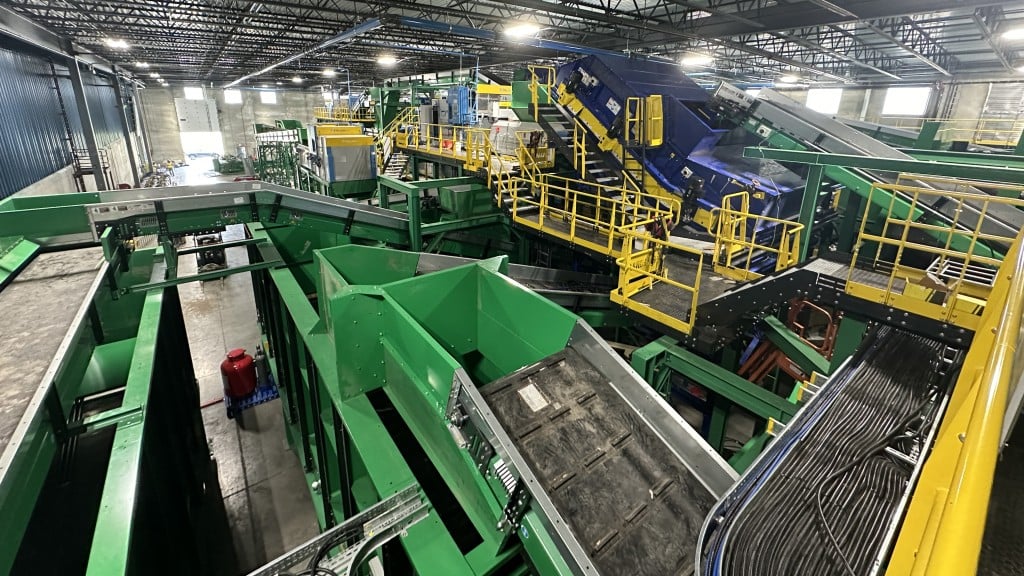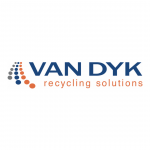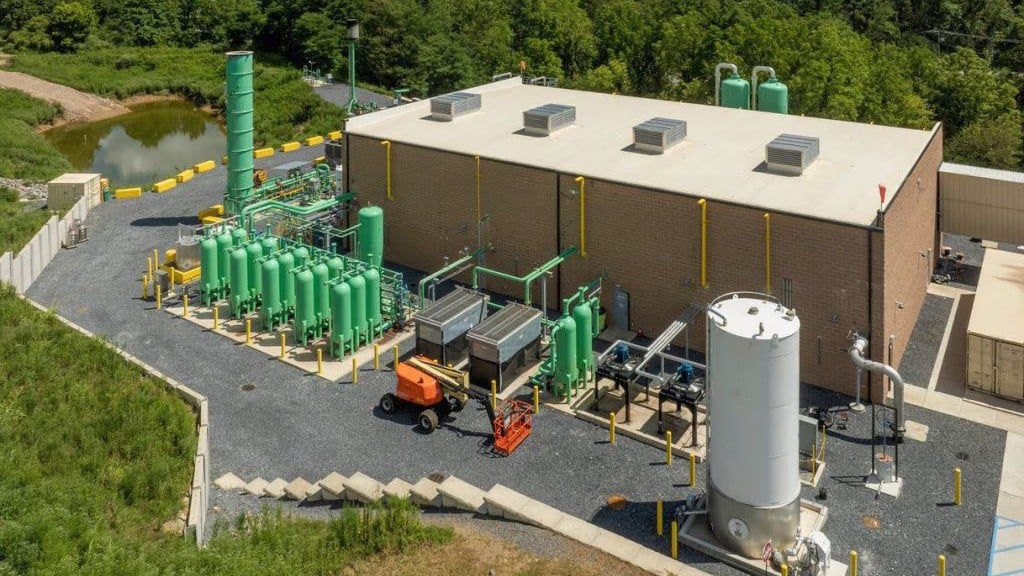Five levels of fire safety implemented at Waste Connections’ new Illinois MRF
The highly automated single-stream MRF features innovative technology to protect the facility from fire and downtime

Waste Connections has rebuilt an Illinois MRF that was totally lost to fire, and equipped the new facility with the latest advanced technology for fire prevention and safety to protect the building and employees.
The new highly-automated single stream MRF in Plainfield, Illinois, sits on the site of its predecessor, a system that suffered a total equipment and building loss after a fire in 2021. Waste Connections' local team worked with their design and construction contractors on building new fire safety measures that are much more advanced than what was in place previously.
"We used all the latest and greatest technology we could find," says David Kawa, district manager for Groot Industries, which operates the facility.
MRF fires can be out of control in less than three minutes
Once smoke is detected in a MRF, it takes no more than two minutes and 40 seconds for the fire to be uncontrollable. A traditional recycling facility may just have an overhead sprinkler system and local fire extinguishers in case of a fire. But with high ceilings in many recycling systems, fires can smolder in the equipment, incubating flames that aren't high enough to trip the ceiling sensors, but can be devastating nonetheless.
Even when sprinklers do go off, given such a short window of time, it may already be too late to save the system from major equipment damage. The design for the Plainfield MRF needed to incorporate fire detection at lower heights, closer to the source, to be truly effective at preventing fire damage.
Five levels of fire safety and prevention
With these parameters in mind, the new MRF in Plainfield operates with five levels of fire safety and prevention, more than any other facility in North America. Levels one and two are the traditional combination of local fire extinguisher tanks, and an overhead sprinkler system.
Level three is the installation of Fire Rover units, which monitor every area of the plant. The Fire Rovers employ an AI system to detect smoke and an infrared system to detect high levels of heat.
Level four consists of compressed air foam units housed in all material bunkers, where fires often begin. These foam units can be deployed at the first sign of a fire, spraying foam to suppress smoke and flames before they become uncontrollable.
Level five is an on-site high-capacity water tank storing over 245,000 gallons of water. Connected to this tank are 1.5-inch high-temperature-rated fire-department-grade hoses running throughout the rails of the plant and on the second floor mezzanine, poised to fight incipient fires.
A worthwhile investment from the start
Tim Horkay, director of recycling operations at Waste Connections, says the cost of the fire prevention systems was a sizable investment, over five percent of the total project cost.
More than what would traditionally be allocated for fire prevention, it has proven to be money well spent, as the MRF has already successfully fought one potentially devastating fire in its time since startup.
When flames fully engulfed both paper bunkers, on-site employees were able to spot the fire, and deploy the in-bunker compressed foam units in a timely manner. The fire was extinguished before the fire department arrived and resulted in no damage to surrounding belts and controls.
Mobile controllability for materials can help control and isolate a fire
When it comes to monitoring the system operations for potential incidents, Kawa says all hands are on deck. Floor operators and supervisors roam the floor with tablets, a system he calls "mobile controllability." Among other capabilities, the tablets can be used to control the flow of material. In the event of a fire, they can quickly halt material or send it in the opposite direction to isolate the fire and properly target it with the fire prevention machinery.
"The tablets help us stay dialed in, have eyes on the problem, and be able to control things in the moment," says Kawa.
In addition to the extensive array of fire prevention strategies, the Waste Connections team put a lot of consideration into the equipment and building design to increase safety for their workers.
Jerry Evans, maintenance manager, described the plant's three major operating areas — the tipping floor, the processing area, and the bale storage and warehouse — as segregated and walled off to prevent fires in one area from spreading to another.
Automation means machines protecting people, not the other way around
Evans says another aspect of safety is automation. "Waste Connections has flipped the thinking that people should protect the machines," he says. "They've designed this system so the machines protect the people."
To eliminate the pre-sort station, they have installed a Günther SPLITTER screen to remove glass and other smaller items. The team also chose Pellenc optical sorters specifically for their platform design, which takes into account the safety of those performing maintenance functions on them. Quality control on the fibre and container lines is fully automated by those optical sorters. The system's sorting equipment was supplied by Van Dyk Recycling Solutions.
With standout features such as the SPLITTER screen and the opticals, the MRF has been able to run up to 37 tons-per-hour with only four manual sorters.
Automated features that also reduce downtime
Contributing to the run time are the many design features that eliminate downtime. The low sorter count greatly reduces the number of breaks taken, and the automated equipment can process at a much higher rate than any human sorter.
The plant also uses mid-system accumulation bunkers on the fibre and container lines to prevent jams from causing full-system stoppage. For example, if a jam occurs on the container line, container sorting can be stopped while the rest of the system continues running. Incoming material to the container line will be collected in the accumulation bunker and properly metered out when the container line starts up again. The facility also has complete baler redundancy, with a Bollegraaf HBC120S single-ram baler as well as a two-ram baler. Both balers can bale all commodities in the event that the other is down.
Waste Connections continues to explore emerging fire prevention technologies that they can add to their future MRF builds.
"Fire safety is a continually working project," Kawa says. "We will never stop looking for the next best thing."
Company info
6960 Orchard Lake Road, Suite 303
West Bloomfield, MI
US, 48322
Website:
firerover.com
Phone number:
844-417-6837





